AMBASSADOR
ARTIST

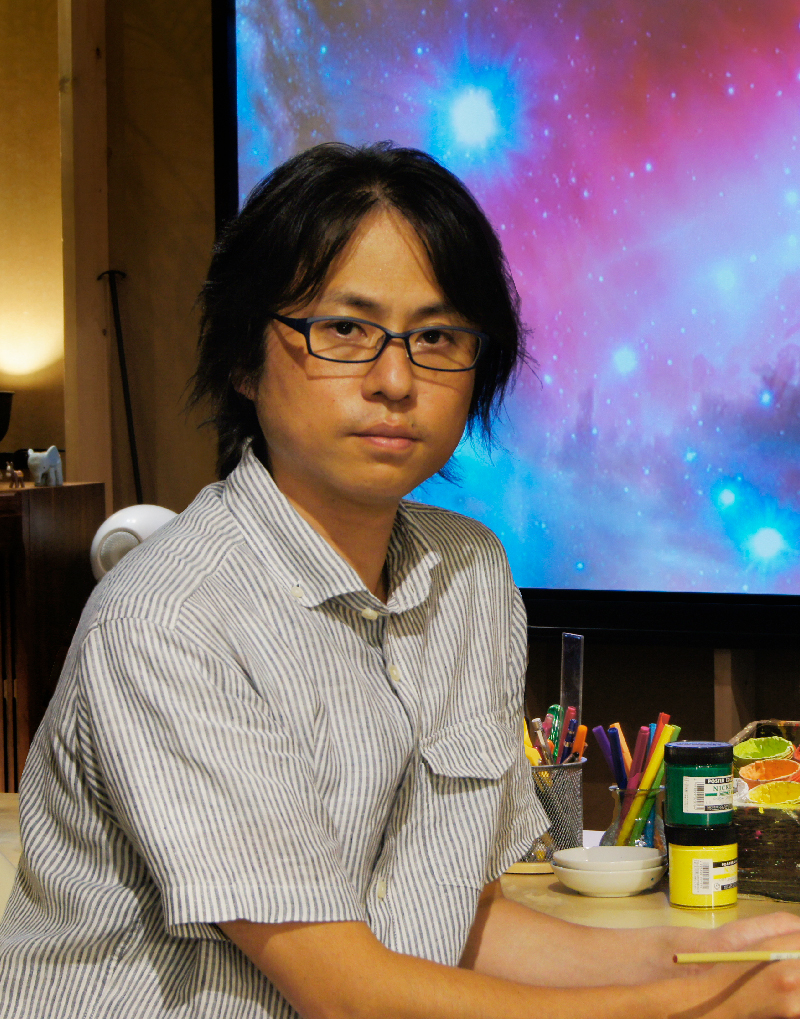
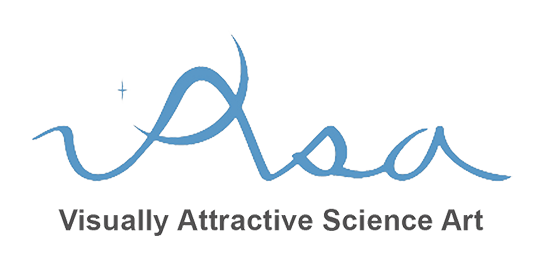
- Career
- Born in 1979 in Aichi Prefecture.
After graduating from art school, he worked for a background art company.
From 2006 to 2009 he worked for Studio Ghibli.
In 2011, he established VASA Entertainment and became the president of the company.
Since "Howl's Moving Castle", he has participated in many Studio Ghibli productions as a background artist. - Most prominent work as art director
- "Mizugumo Monmon"/ released at the Ghibli Museum
Art director for “Neon Genesis: Impacts” released at the Japanese Anime Trade Fair
Art director for "Okko’s inn” by DLE and Madhouse *Winning the 42nd Japan Academy Award for Best Animated Film
Under the influence of his grandfather, who worked for Toyota Motor Corporation, he grew up in an environment where he was surrounded by machines. As a child he used to patiently copy botanical picture books. When he was a junior high school student, he was obsessed with "Bob Ross Joy of Painting", which was broadcast on NHK-BS at the time. In his first year as a working adult, he was impressed by the background art of "Princess Mononoke" and decided to enter the animation industry. Currently working as an animation art director, he also participates in NICKER catalogues, video content and workshops.
I loved arts and crafts. I was absent from school many times due to a fake illness and I was copying illustrated books. I wrapped a piece of paper around an empty kitchen paper core and drew more and more on it, like a paper scroll. I copied many botanical books, but I also liked to draw snakes and carp streamers.
It started out as a youthful and naïve adventure. I called Ghibli several times, when "The Cat Returns" was in theaters, asking them to look at my work and my paintings. Like how a cartoonist would approach a publisher. Although Ghibli doesn’t allow applicants work to be brought in like that, the receptionist finally gave way and connected me to Naoya Tanaka, who was art director at Studio Ghibli and also for Madhouse studio. When he saw my work, he said: "Ghibli is not hiring right now. But Madhouse is making “Nasu: Summer in Andalusia". do you want to join them?” I was invited to join the production. After that project, I heard that "Howl's Moving Castle" was going to be in production, and that's when I became involved in Ghibli's work.
The animation is divided into several parts, but the art director is mainly in charge of designing the visual image you see on the screen. I get briefed by the director and producer. Based on the direction I draw an image board, which is used to communicate the visual direction.
During pre-production there is a lot of going back and forth, therefore I often draw digitally, which is faster. When the style is decided, we will move to paint by hand. When this is confirmed, we will start the production.
Another important job of the art director is to manage the allocation of work to the team and overseeing their output. The art director will adjust and overpaint the artwork that comes in from the team. We try adjusting the work by hand as much as possible. The digital technology is also great, but it's very difficult to manage people to work in the same style, because the specifications of the digital brushes used by each staff member is completely different. There is a way for specifying the brushes, but I don't use it because it might kill the "vibe" of the staff. Hand painted artwork is easy to set up because the working environment is simple, and the brush and paint is the same for everyone.

It depends on the work. I try to do it as much as possible when I feel it is necessary. It's possible to paint from my imagination only, but in some cases, it can end up being a poor result. For example, if there is a scene where a waterfall appears, I feel that if you actually check what kind of vegetation is growing out there before you draw it, the picture will have a much better sense of reality.
The film "Okko’s inn” was situated at a well-established Japanese inn in Kyoto. I visited the place with the director (Kitaro Kosaka) and the producer. I remember being impressed by the wonderful hospitality they gave us, even though we didn't stay there. In fact, it's important to not only take pictures, but also to feel the atmosphere firsthand before painting.
Perhaps because of my experience at Ghibli, I rarely draw directly from photographs. It depends on the work, but it becomes more of a fictional location. The local people from these real places can be disappointed when their location doesn’t look the same in the film.
Each person has a different approach in mixing their colors, so even if I tell them to, they may not get the same color. So, we leave the process to the individual.
Everyone is already using NICKER poster colours, so I can explain the necessary colors, and I can imagine to some extent which colour the person is using. For me, NICKER Poster Colours make it easy to paint small details.
I often use paint for my work, and NICKER Poster Colours are best suited to do this.
It's interesting to see how little mistakes or surprises develop on paper. With Digital painting it is hard to get happy accidents out of the process. The ideal for my backgrounds is to paint them by hand and then digitally finish them. Of course, depending on the setting, there are some pictures that can only be drawn digitally, so it really depends on the situation.
When I paint by hand, I get a unique coldness. In a good way, that is. It's clear that there is a stronger "pictorial feel" compared to digital cameras, but there is a strange sense of reality.
I believe that the right way to use digital is to aim for expression that makes the best use of the unique qualities of digital painting. It's very difficult and time-consuming to reproduce the poster colours and brushstrokes digitally. I think digital is more suited to express a subtly painted atmosphere.
I tried various other painting materials, but I eventually went back to NICKER Poster Colours. The fact that it has become the standard in the industry is a big part of it. It also has high quality colours and comfort in use. In the case of an animated film, a picture of about A4 size is shown on the screen, so any roughness will be revealed. The quality of the colors and working comfort are very important factors because they directly affect the quality of the final image. In that respect, I feel that NICKER Poster Colours are outstandingly good.
There are many people who are faster than me. (laughs) When I was a student, I used to spend all my time in art classes until the last minute and even couldn’t finish my artwork. But since I got a job, I've changed into the type of person who absolutely meets deadlines. I didn’t want to get in trouble with my second job.
I watched the Bob Ross' show. The way Bob Ross draws the backgrounds is similar in a systematic way. It certainly affected me, and he can draw like that in 30 minutes! he would draw more and more trees in front of a beautiful lake, and in the end, you couldn't see the lake anymore. I liked that attitude laughs).
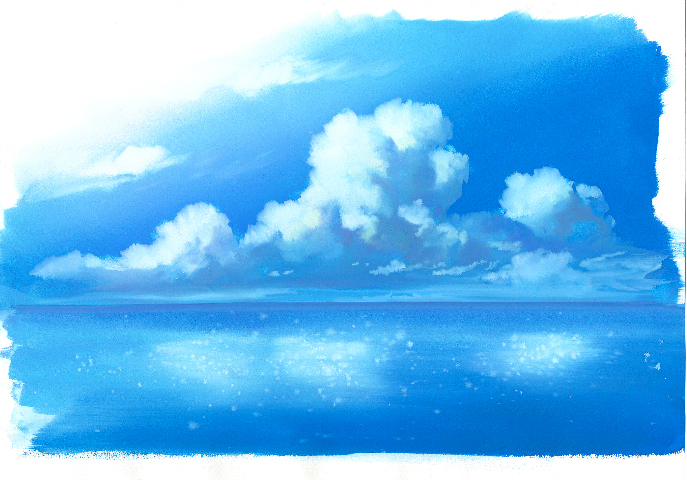
Every time I do a feature film, I wonder if I'll ever do it again (laughs). There are many techniques, but I haven't been able to develop a direction that only I can take, so I want to create work that is only possible with paint, while also using digital technology.
s possible to create a picture that looks even more timeless than the picture that has been painted with traditional paints from the past. I want to create something for the screen, not just as a piece of artwork only. I like the Amazon, So I’d like to paint the jungle or something like that.


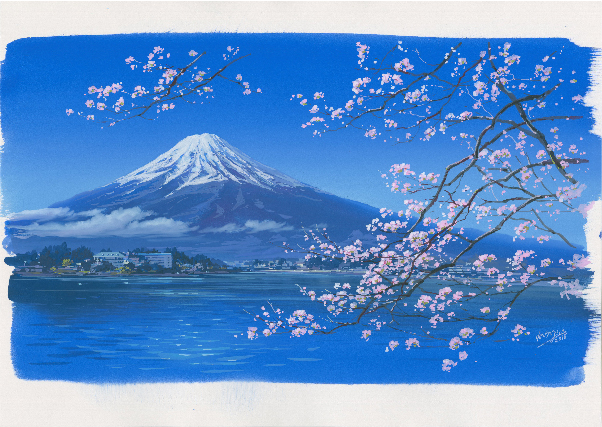
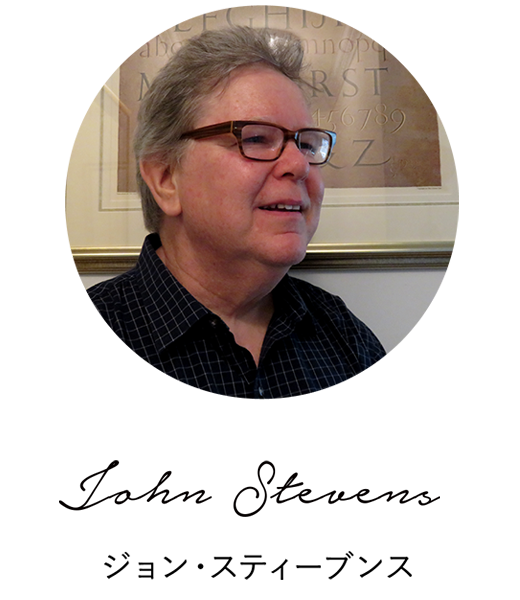
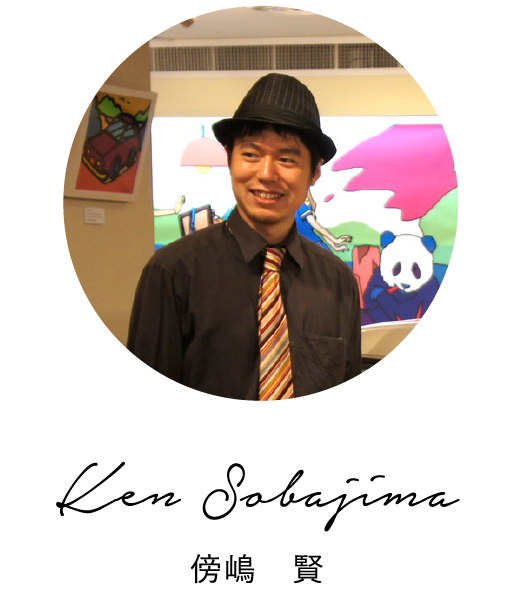
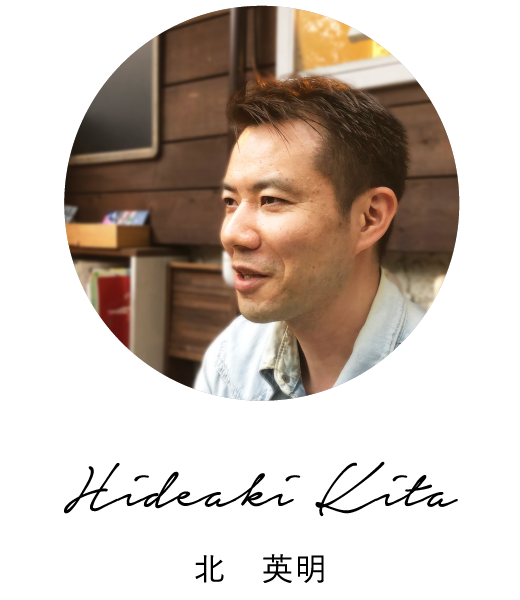
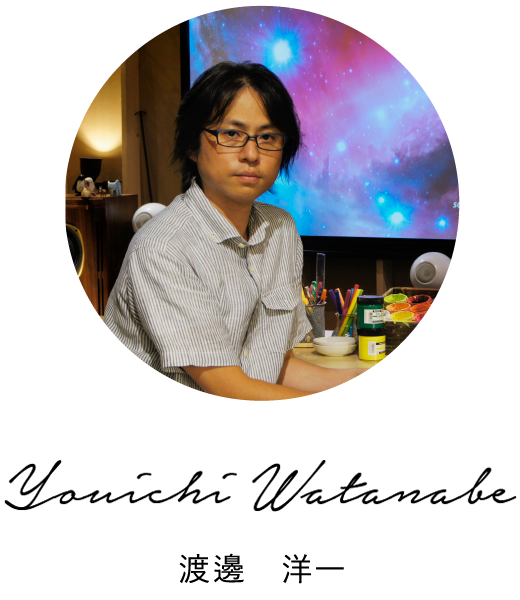
After high school, I worked in optics and mechanical engineering at a telescope manufacturer. My grandfather was an engineer at Toyota Motor Corporation. He had many machines at home, and I became interested in them. I Especially became fascinated by astronomical telescopes. That’s why I choose to work in this field. After watching Ghibli's "If you listen to me" in high school I started to get interested in scenic art. There was a time when I almost went for it, but at that time the enthusiasm disappeared before I knew it.
After I started working for a manufacturar, "Princess Mononoke" was released to the public. I was overwhelmed by the art and thought, "I want to work as a background artist! Eventually, I quit the company and moved to Tokyo and studied a bit about background art before entering the industry.
I am a logician, perhaps because I came from a mechanical background. When I draw a picture, I often think of the object as a numerical value. For example, if you draw a cloud, it's like, the flow of the atmosphere is like this, so this is how the clouds are going to boil. This approach and process is a bit different from those who come from art university. Perhaps because of this, I often get tasked with a background that requires "logic". Now I'm glad I went through the mechanical work (laughs).